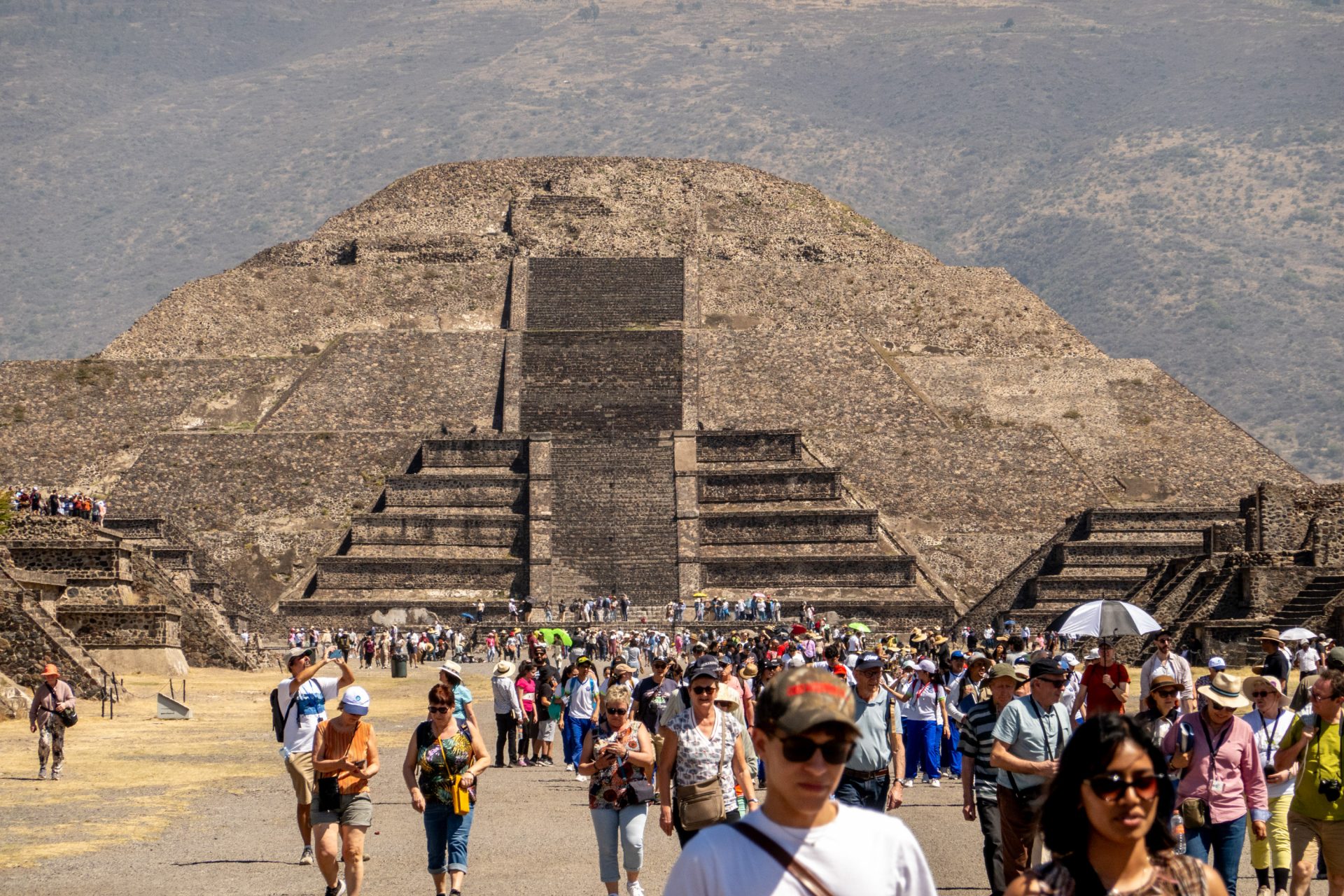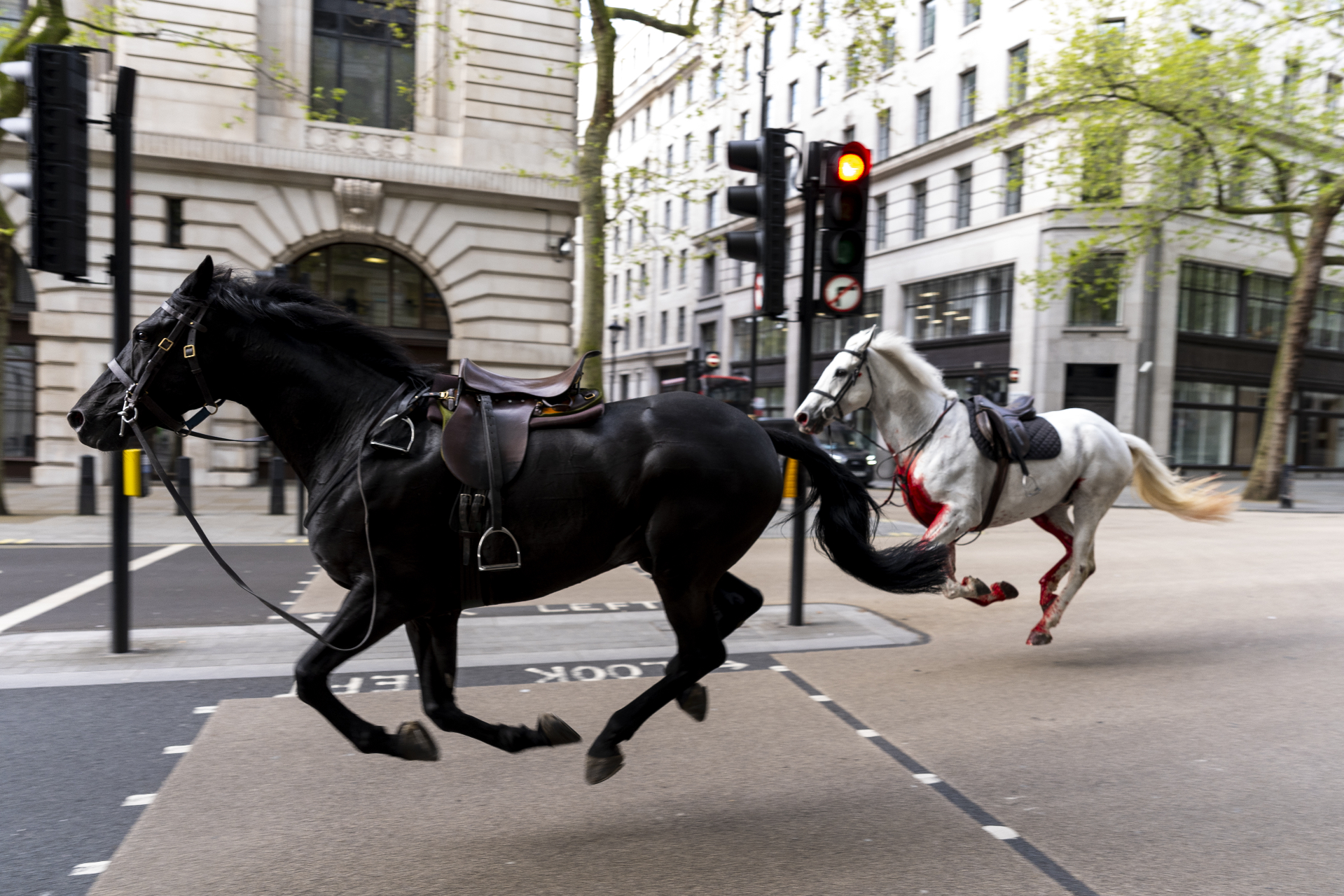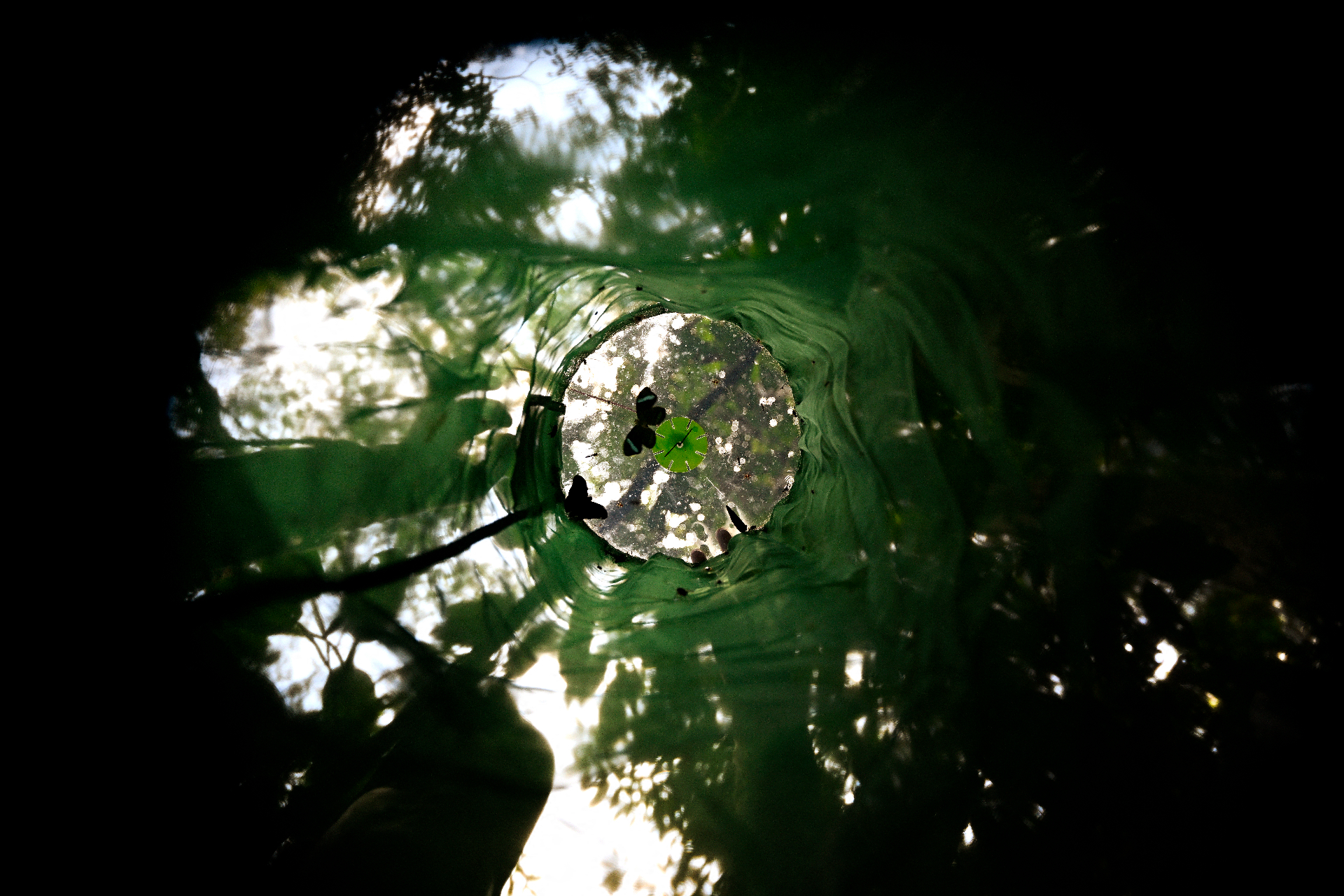Turbulence is getting worse
It’s pretty common to experience mild turbulence while flying, which usually results in nothing more than a bumpy ride. However, lately it seems that it’s getting way worse, to the point of being dangerous. And according to experts, climate change is to blame.
Lufthansa turbulence incident
In March of this year, a Lufthansa flight traveling from Texas to Germany was diverted to Virginia's Washington Dulles International Airport because of severe turbulence that left seven passengers injured, several media outlets reported.
Southwest plane caught in a storm
Also in March, multiple passengers vomited and one passed out after a Southwest plane had to abort a landing at 1,350 feet due to bad weather, according to multiple reports.
25 people injured in Hawaiian Airlines flight
In January, a Hawaiian Airlines pilot said a cloud "shot up" vertically like a plume of smoke in just seconds and caused severe turbulence on a flight, injuring 25 people, according to a federal investigator's preliminary report cited by The New York Times.
What causes turbulence?
The main causes of turbulence for commercial jets and airliners include storms, atmospheric pressure, and jet streams, according to weather.gov.
More storms and stronger hurricanes
On average, there have been more storms, and an increase in hurricanes that rapidly intensify, according to NASA Climate Change.
Hard to detect clear-air turbulence
But while storms can sometimes be detected and avoided, jet streams and wind shear, the main culprits of clear-air turbulence, can not, experts say.
Photo: Emanuel/Unsplash
Onboard weather radar doesn’t detect clear-air turbulence
Clear-air turbulence is invisible “not only to the naked eye but also to the onboard weather radar”, Paul Williams, professor of atmospheric science at the University of Reading told Fortune magazine.
Clear-air turbulence can be “wildly problematic”
Clear-air turbulence, so named because it’s not part of any storm system and therefore isn’t visualized before a plane flies into it, can be “wildly problematic”, according to Williams.
Photo: Kevin Woblick/Unsplash
The danger of not wearing a seat belt
While the planes themselves withstand the force remarkably well, the passengers and crew, especially those who aren’t wearing seat belts at the time of the encounter, can be left with significant injuries, explained the expert.
Climate change has increased wind shear
Changing global temperatures have already increased wind shear by 15% since 1979, according to PubMed research.
Jet streams getting stronger with global warming
Moreover, jet streams, which are relatively narrow bands of strong wind in the upper atmosphere, are strengthening with global warming, meteorologist Isabel Smith told Insider.
Increase in greenhouse gases
Smith explained the increase in greenhouse gasses traps heat in the troposphere (the layer of the atmosphere closest to the surface), that should have been released into the stratosphere, which is the next layer up.
Unstable wind flow increases clear-air turbulence
As a result, the troposphere warms while the stratosphere cools at a rapid rate, “increasing the temperature gradient between the two layers, which strengthens the jet stream, creating a more unstable wind flow and increasing clear-air turbulence," Smith said.
Photo: Nikhil Mitra/Unsplash
Clear-air turbulence will double by 2050
Weather researchers further predict clear-air turbulence will double by 2050, with severe turbulence increasing the most, according to research published by the American Geophysical Union.
Hopeful for new technology
However, some experts are hopeful that new technology will make it easier to detect clear-air turbulence in the decades ahead.
Will flights become more dangerous in the future?
"Even considering the impacts of climate change, it's actually likely that flights will become safer over time as opposed to more dangerous," said Stephen Bennett, chairman of the American Meteorological Society's Committee on Financial Weather and Climate Risk, to Insider.
Longer alternative flight routes
Meteorologist Isabel Smith agreed, adding that airlines always try to avoid turbulence as much as possible. And so, increasing turbulence will likely lead to alternative flight routes, she said.
An increase in CO2 emissions
However, the expert added that alternative flight routes could mean longer travel and wait times, along with increased aircraft fuel consumption and CO2 emissions.
Avoiding turbulence may cost airlines millions
“In fact, avoiding turbulence may cost airlines an additional $22 million dollars each year, with extra emissions of 70 million kilograms of CO2,” Smith told Insider.
Photo: Eva Darron/Unsplash
Keep your seatbelt fastened
As for staying safe, several experts recommend to follow the pilots’ usual advice: keep your seatbelt fastened when seated, even if the sign has been turned off.


































